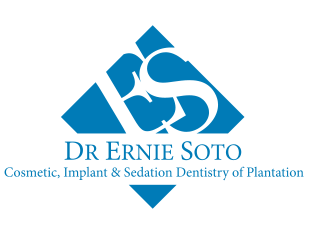A lot of us suffer from anxiety and fear when undergoing dental procedures such as surgery, tooth removal, or when receiving implants. Fortunately, with sedation dentistry or sleep dentistry, you can put your fears to rest. Sleep dentistry allows you to get your procedure done without being completely awake to hear and feel everything going on during your procedure.
There are different types of sleep dentistry procedures that you can choose from. Talk to your dentist about which one is the right one for you to help ease your nerves during your next dental procedure.
Benefits of Sleep Dentistry
The biggest benefit of sleep dentistry is that it eases your anxiety and fears. Additionally, most sedation methods are safe when administered by an educated, trained, and experienced dentist. Finally, sleep dentistry allows you to keep your teeth and gums safe by removing obstacles set up by anxiety and fear that would otherwise prevent you from getting crucial oral work done.
Who Needs Sleep Dentistry?
Patients who have had bad experiences at the dentist in the past or have fear and anxiety of dental procedures may find sleep dentistry very helpful. Sleep dentistry is generally reserved for dental procedures and for those who cannot get dental work done due to anxiety or fear. There is no need to use sleep dentistry in standard dental procedures such as x-rays or dental cleaning because they do not hurt.
Types of Sedatives
Each type of sleep dentistry works in different ways. Listed below are some of the most common forms.
1. General Anesthesia
With general anesthesia, you will end up sleeping throughout the whole procedure. The standard way of administering general anesthesia is through an injection of the drug directly into a vein. In some cases, dentists may use a gaseous anesthetic instead.
2. Nitrous Oxide (Laughing Gas)
Don’t let the name fool you – laughing gas is strong enough to help alleviate pain when giving birth. Unlike general anesthesia, this gas does not completely knock you out. It is a safe gas that aims to ease the patient throughout the dental procedure. Only enough gas is administered to get you through the procedure. It will wear off pretty quickly once you are done.
3. Enteral Sedation
Enteral sedation also referred to as “oral sedatives,” refer to sedation medication taken orally. This method is sometimes used along with laughing gas to help keep the patient calm throughout the procedure.
4. Intravenous Sedation (IV Sedation)
The final type of sleep dentistry is intravenous or IV sedation. IV sedation involves injecting a sedation drug directly into your vein. While most patients are somewhat awake using this method, it is possible to adjust the dosage and undergo deeper sedation, if needed.
Sleep Dentistry in Plantation, Florida
If you need a dental procedure done and want to learn how sleep dentistry can help you get through it with ease, make an appointment with Dr. Ernie Soto. Your comfort is Dr. Soto’s top priority and because of this, he offers sleep dentistry options to help you relax and stay calm during your procedure. Our office is located in Plantation, Florida, and we are open for appointments. Contact us now at (954) 368-6264, or you may request an appointment online.
